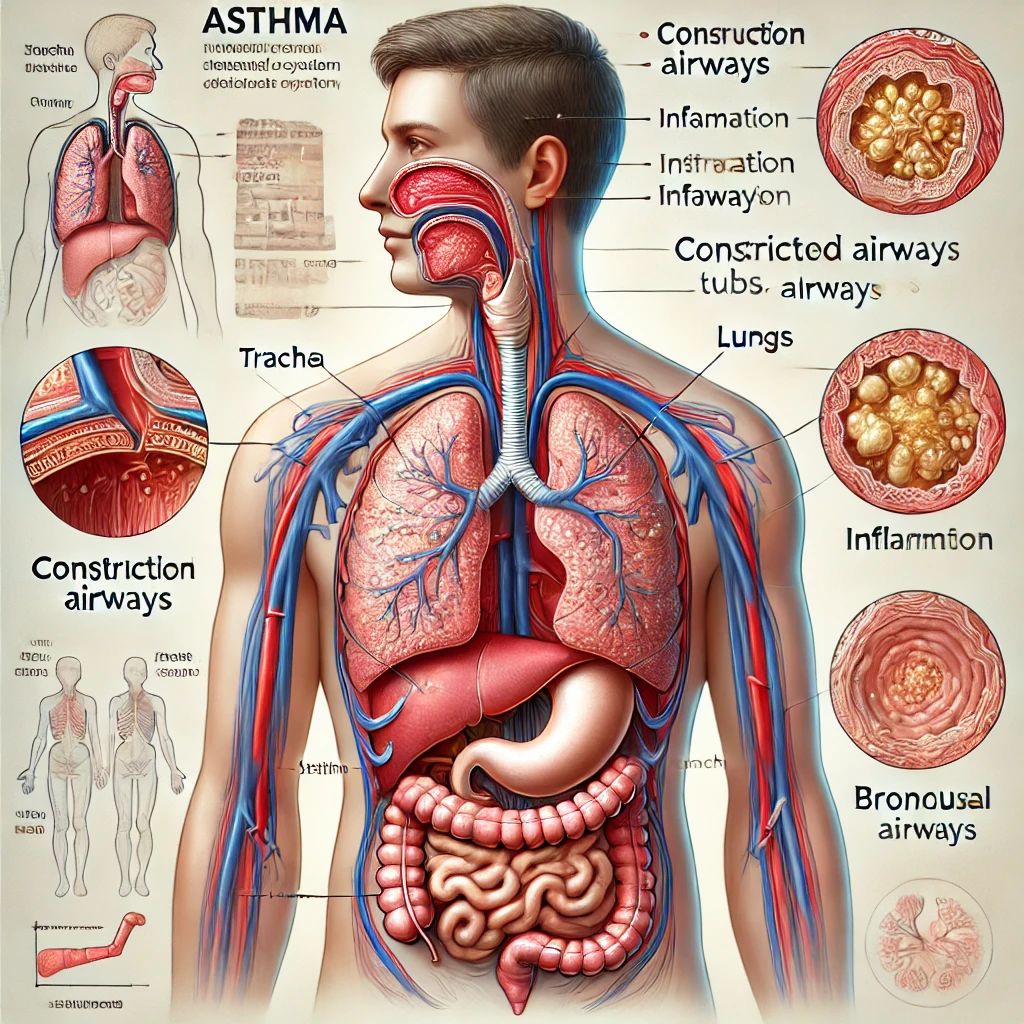Peripheral vascular disease (PVD) and lymphoedema are two common but often misunderstood conditions that affect millions of people worldwide. While both are related to the circulatory system, they impact the body in different ways. At SG Vascular Centre, our dedicated team of vascular specialists offers a comprehensive understanding of these diseases, their treatment options, and the importance of early detection.
What is Peripheral Vascular Disease (PVD)?
Peripheral vascular disease refers to the narrowing or blockage of the blood vessels outside the heart and brain, typically affecting the arteries in the legs. This condition restricts blood flow, leading to symptoms like pain, numbness, and in severe cases, tissue damage. PVD is often caused by atherosclerosis, where fatty deposits build up inside the arteries.
Symptoms of PVD
- Painful cramping in the legs, especially during physical activity
- Numbness or weakness in the legs or feet
- Skin discoloration or wounds that don’t heal
- Coldness in the lower extremities
- A feeling of heaviness or fatigue in the legs
Early detection is crucial in managing PVD and preventing complications. A vascular surgeon can evaluate symptoms, perform necessary tests, and recommend treatments to improve blood circulation and quality of life.
Understanding Lymphoedema: A Vascular Condition That Affects the Lymphatic System
Lymphoedema is a condition that occurs when the lymphatic system is unable to properly drain lymph fluid, leading to swelling, usually in the arms or legs. Unlike PVD, which primarily affects blood flow, lymphoedema impacts the lymphatic vessels, which are responsible for carrying fluid throughout the body. This can happen when lymph nodes or vessels are damaged or blocked due to surgery, infection, or injury.
Symptoms of Lymphoedema
- Swelling in the affected limb, which may feel heavy or tight
- Restricted range of motion
- A feeling of fullness or heaviness in the limbs
- Recurring infections or skin changes in the affected area
While lymphoedema is a long-term condition, it can often be managed with proper care. Compression therapy, manual lymphatic drainage, and lifestyle changes are common treatments for managing symptoms and improving the quality of life for those affected.
The Connection Between Peripheral Vascular Disease and Lymphoedema
Though PVD and lymphoedema are distinct conditions, they can sometimes be interlinked. For example, poor blood circulation from PVD may lead to swelling and exacerbate the symptoms of lymphoedema. Furthermore, both conditions can cause long-term discomfort and significantly reduce mobility, making it essential to manage them effectively.
Treatment Options at SG Vascular Centre
At SG Vascular Centre, we are committed to providing holistic care for both peripheral vascular disease and lymphoedema. Our team of highly trained vascular surgeons offers cutting-edge treatments for a wide range of vascular conditions, including:
- Endovascular Procedures: Minimally invasive techniques for treating blockages in the arteries, improving blood flow, and reducing symptoms of PVD.
- Surgical Interventions: In cases where endovascular procedures are not sufficient, we offer traditional surgical options to bypass or remove blockages.
- Lymphoedema Management: A personalized approach to managing lymphoedema, including compression therapy, physical therapy, and lifestyle recommendations.
The Importance of Early Detection and Intervention
Both PVD and lymphoedema can be life-altering if left untreated. Early intervention is key in managing both conditions effectively. Regular check-ups with a vascular surgeon, especially for individuals at risk, can help detect these conditions before they progress to more severe stages. Whether it’s addressing circulation issues in the legs or managing swelling in the limbs, timely action can make a world of difference in maintaining quality of life.
Conclusion: Looking Ahead at Vascular Health
The prevalence of peripheral vascular disease and lymphoedema is on the rise, making awareness and education more important than ever. At SG Vascular Centre, we remain at the forefront of providing effective treatments and a holistic approach to vascular health. By staying informed about these conditions, practicing prevention, and seeking professional care when needed, we can all take proactive steps toward better vascular health.
As research advances and treatment options improve, there is hope for better management and, in some cases, even a cure for these conditions. The future of vascular health is bright, and with the support of skilled professionals, individuals affected by PVD and lymphoedema can look forward to living healthier, more comfortable lives.


